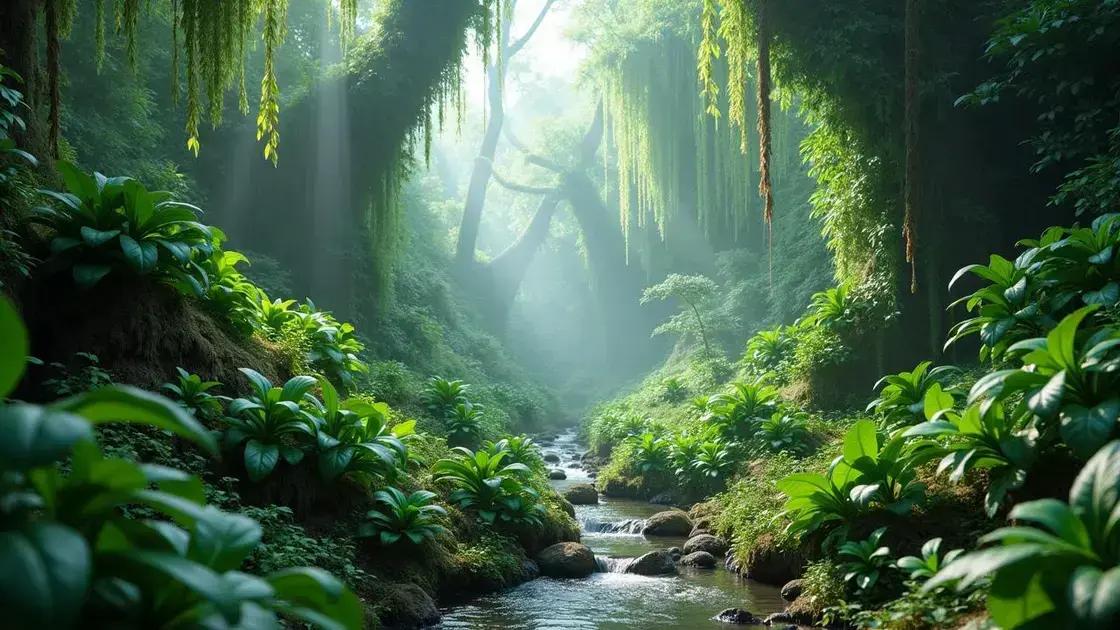How to Care for Hoya Plants: 5 Essential Tips for Thriving Growth
How to care for hoya plants effectively can transform your indoor garden. For those curious about nurturing these beautiful plants, it’s essential to understand their unique needs. Discover techniques that cater to hoyas’ watering, sunlight, and soil preferences, ensuring they flourish in any space.
Table of Contents
ToggleEssential watering tips for hoya plants
How to care for hoya plants involves understanding their specific watering needs to keep them healthy and thriving. Proper hydration is crucial for hoya plants, as both overwatering and underwatering can lead to problems. In this section, we’ll explore essential watering tips that will help you maintain the perfect moisture level for your hoyas.
Watering frequency and methods
- Water your hoya plants when the top inch of the soil feels dry to the touch.
- Use room temperature water to avoid shocking the roots.
- Consider bottom watering by placing the pot in a shallow dish of water, allowing the plant to absorb moisture as needed.
Signs of overwatering
Recognizing the signs of overwatering early is essential. Common symptoms include:
- Yellowing leaves
- Wilting or drooping foliage
- Root rot, which can be fatal
Signs of underwatering
On the other hand, underwatering can also harm your hoyas. Look for:
- Dry, crispy leaves
- Falling leaves or flower buds
- Slow growth during the active growing season
Preferred watering conditions
Hoya plants thrive in specific conditions:
- Humidity: High humidity levels around 40-60% are ideal for hoyas. Consider using a humidity tray or misting them occasionally.
- Temperature: Watering needs can vary based on temperature; warmer conditions may require more frequent watering.
- Light: Bright, indirect light improves the plant’s ability to absorb water and nutrients.
Tips for lasting health
- Always ensure that pots have drainage holes to prevent standing water.
- Consider using a well-draining soil mix that allows excess water to escape.
- Rotate your hoya plants occasionally to ensure even light exposure, which promotes consistent growth and hydration.
For more tips on nurturing your hoya plants, you might enjoy exploring indoor gardening techniques that focus on propagation and growth.
Optimal sunlight conditions for hoya plant growth

Optimal sunlight conditions for hoya plant growth are essential to ensure the health and beauty of these stunning plants. Hoya plants thrive in specific light conditions that mimic their natural habitat, which can significantly influence their growth and flowering capabilities.
Understanding light requirements
- Bright, indirect light is ideal for hoya plants.
- Avoid direct sunlight, as it can scorch the leaves.
- Some hoyas can tolerate lower light levels but will grow more slowly.
Ideal locations for hoya plants
Here are some suggested areas in your home for placing hoya plants:
- Near east-facing windows for morning sunlight.
- In a well-lit room with filtered light through sheer curtains.
- On shelves or hanging planters where they can receive light from various angles.
Signs of inadequate light
Recognizing poor lighting conditions can help prevent damage. Watch for:
- Stretched or leggy growth as the plant reaches for light.
- Fewer flowers or reduced blooming.
- Yellowing leaves, which can indicate light stress.
Adjusting light exposure
If you notice signs of inadequate light, here’s what you can do:
- Gradually move the plant into brighter light to avoid shock.
- Rotate hoyas periodically to encourage even growth.
- Consider using grow lights during winter months when natural light is limited.
For more insights into caring for hoya plants, including how to propagate and enhance their growth, check out exploring indoor gardening techniques.
Soil and humidity requirements for healthy hoyas
Soil and humidity requirements for healthy hoyas play a crucial role in their overall care and success. Understanding the right conditions for soil and moisture ensures that these beautiful plants thrive while avoiding common pitfalls.
Choosing the right soil mix
- Well-draining soil is vital to prevent root rot in hoya plants.
- A mix of potting soil, perlite, and orchid bark works excellently to promote drainage.
- Aphids and mealybugs can be unhealthy for hoyas; using a sterile soil mix minimizes these risks.
Soil pH preferences
The optimal pH level for hoya plants should range from:
- 6.0 to 7.0, which is slightly acidic to neutral.
- Routine testing of soil pH helps maintain the right balance.
- Adjusting pH can be done using home remedies like adding lime or sulfur.
Humidity levels for hoya success
Monitoring humidity can enhance your hoya’s health. Hoya plants generally prefer:
- Humidity levels between 40% and 60% for optimal growth.
- Consider placement in naturally humid areas, like kitchens or bathrooms.
- If your environment is too dry, use a humidifier or place a tray of water near the plant.
Signs of improper humidity
Watch out for these indicators that your hoya may need more humidity:
- Brown leaf tips or edges, indicating dryness.
- Leaf drop due to insufficient moisture levels.
- Slow growth or lack of blooms, which can be disastrous.
For further insights into caring for hoya plants, including propagation methods, check out exploring indoor gardening techniques.
In conclusion
Caring for hoya plants requires attention to their specific watering, sunlight, soil, and humidity needs. By understanding and implementing the essential tips highlighted in this guide, you can ensure optimal growth and blooming of your hoyas. Remember, each plant is unique; observing their responses to your care will help refine your approach. For additional insights and community support, check out tips on enhancing your indoor garden.

